Circuit Description
The aftertreatment outlet NOx (nitrogen oxides) sensor is a smart device and receives commands from the engine electronic control module (ECM) via the J1939 data link. The aftertreatment outlet NOx sensor performs its own internal diagnostics and reports malfunctions back to the primary ECM using the J1939 data link. The NOx sensor is permanently attached to the NOx control module. They are serviced as a single component and can not be replaced individually. The aftertreatment outlet NOx sensor is used to measure the NOx emissions at the outlet of the aftertreatment system.
Component Location
The aftertreatment outlet NOx sensor location can vary, depending on engine application. It is usually located in the exhaust system at the outlet of the aftertreatment SCR catalyst.
Conditions for Running the Diagnostics
This diagnostic runs when the exhasut gas temperature at the aftertreatment outlet NOx sensor is above 150°C [302°F].
Conditions for Setting the Fault Codes
The ECM has detected that the power supply to the outlet NOx sensor is above or below a threshold.
Action Taken When the Fault Code is Active
-The ECM illuminates the amber CHECK ENGINE lamp and/or the malfunction indicator lamp (MIL) immediately when the diagnostic runs and fails.
Conditions for Clearing the Fault Code
-This fault code can not be cleared with INSITE™ electronic service tool.
-To validate the repair, start the engine and let it idle for 10 minutes to allow the NOx sensor to warm up.
-The ECM will turn off the amber CHECK ENGINE lamp and/or MIL immediately after the diagnostic runs and passes.
-Use INSITE™ electronic service tool to verify the fault code is inactive.
-The inactive fault code will be cleared from the memory after 9600 hours of engine operation without an occurrence again.
Possible Causes
-Short to battery or ground in the OEM harness
-Internal malfunction of the outlet NOx sensor


 AGCO
AGCO ALLISON
ALLISON BENDIX
BENDIX BOBCAT
BOBCAT CAT
CAT CLAAS
CLAAS CNH
CNH DAF
DAF DETROIT
DETROIT EATON
EATON FREIGHTLINER
FREIGHTLINER HINO
HINO HITACHI
HITACHI ISUZU
ISUZU JCB
JCB JOHN DEERE
JOHN DEERE JPRO
JPRO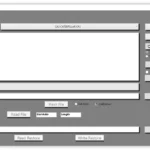 MAGIC TUNER
MAGIC TUNER MAN
MAN Navistar
Navistar PACCAR
PACCAR PERKINS
PERKINS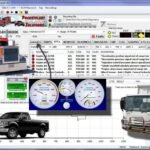 PF DIAGNOSE
PF DIAGNOSE PSI POWERLINK
PSI POWERLINK RENAULT
RENAULT SCANIA
SCANIA THERMO KING
THERMO KING UD NISSAN
UD NISSAN VOLVO
VOLVO WABCO
WABCO ZF TESTMAN
ZF TESTMAN
 BELL
BELL BENDIX
BENDIX BOBCAT
BOBCAT CARRIE
CARRIE DAF
DAF DETROIT
DETROIT EATON
EATON FUSO
FUSO MACK
MACK
 Cumminz
Cumminz ISB4.5 CM2150
ISB4.5 CM2150 All Engines (2017 Emissions)
All Engines (2017 Emissions) PACCAR
PACCAR



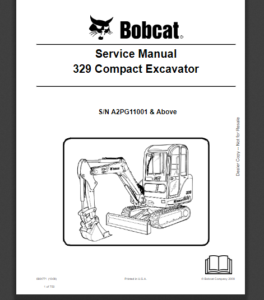

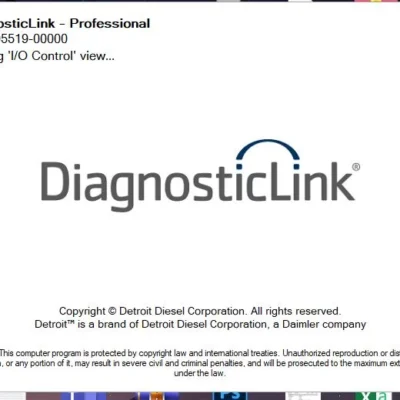

![The DOOSAN DIAGNOSTIC TOOL T3 EDC7 00.12 [2022.11], launched in December 2022, is a comprehensive solution for diagnosing and maintaining Doosan heavy equipment. It is designed to enhance operational efficiency and reduce downtime for technicians and businesses. This tool offers a variety of features, including compatibility with multiple Windows systems and support for electronic fuel injection diagnostics. Its user-friendly interface and remote installation support via TeamViewer make it accessible for both experienced and less experienced users.](https://ecmtrucks.com/wp-content/uploads/2024/08/222-400x400.png)

![DOOSAN EDIA TRUCK SUPERVISER 2.4.0.7 [2023.06] is a vital diagnostic software designed for heavy machinery. It provides users with tools for efficient maintenance and monitoring of DOOSAN trucks and equipment. This software simplifies problem identification and performance tracking. It also offers support for remote installations using TeamViewer, making it accessible and user-friendly for operators and technicians.](https://ecmtrucks.com/wp-content/uploads/2024/08/44-1-400x400.png)


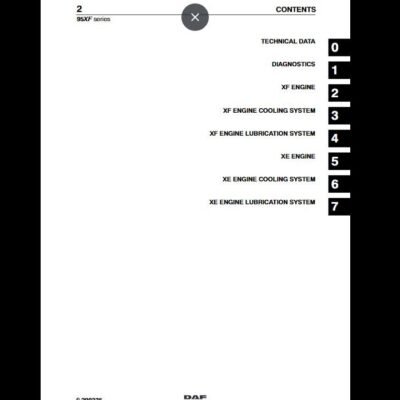



Reviews
Clear filtersThere are no reviews yet.